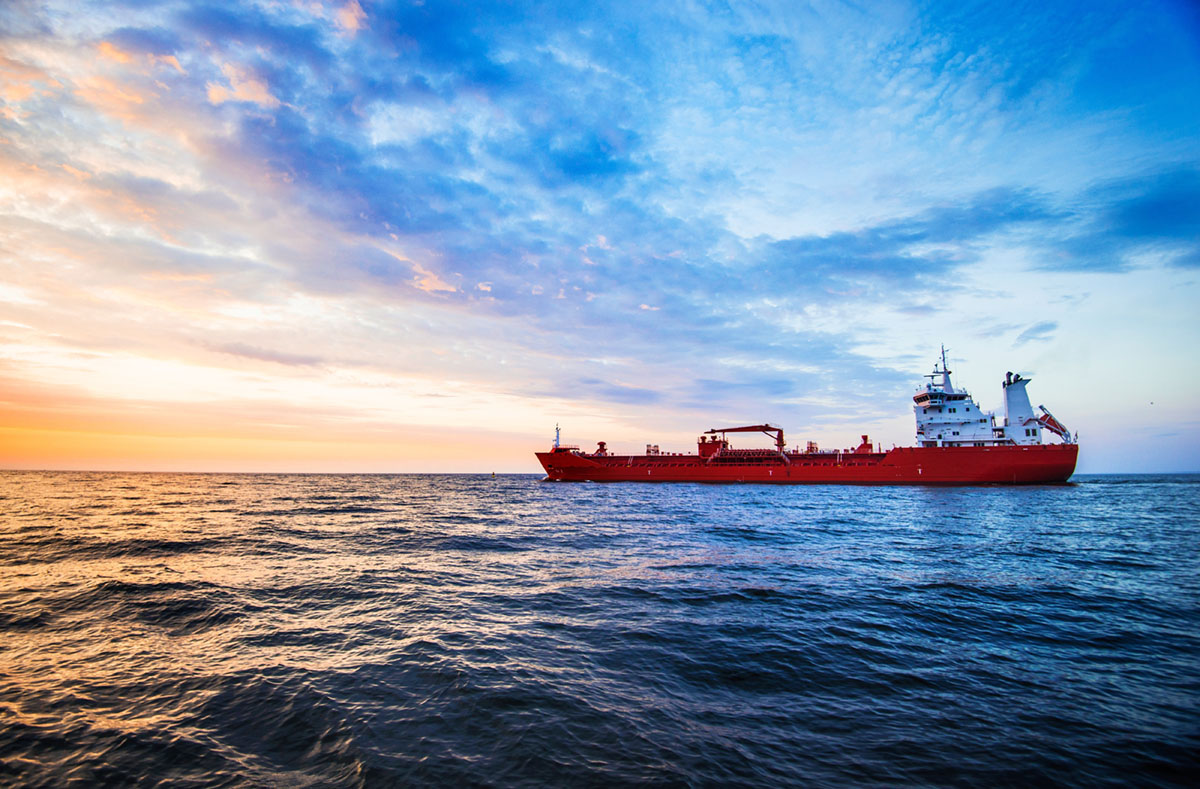CII FAQs
Below you can find a selection of some of the most frequently asked questions our team are asked regarding CII and the upcoming changes to IMO regulations.
Full list of questions
AER is a method of calculating the CII based on the vessel's deadweight and is used for cargo vessels. The alternative method is the CgDist, which is based on the gross tonage and used for passenger and non-cargo vessels.
The data required to caluclate the CII score is the same data supplied to the IMO DCS every year
Though the EPL will likely have some positive impact on the CII, this entirely depends on how fast the vessel travels on average already, e.g. if a vessel has an attained CII of 3.5gCO2/tnm from an average speed of 12knots, and the EPL reduces the vessel's maximum speed from 15 to 14 knots, then the EPL will likely have no effect on the CII score.
The EEOI can be calculated but not instead of the CII, as this is the requirement from the IMO.
There is limited guidance from the IMO about what the Carbon Reduction Plan will contain, however, it is expected to be very similar to the current Ship Energy Efficiency Management Plan (SEEMP), but with more detailed and stringent measures to improve the vessels efficiency.
There will be reduction factors but they have not yet been agreed or confirmed. From 20206, it is likely that other measures will also be adopted to further improve the carbon output of the global shipping industry.
Band C is the minimum band to avoid sanctions, though there will likely be incentives to being in Bands A and B.
Fuel consumption will be measured either by flow meters, tank soundings or Bunker Delivery Notes. Distance travelled will be measured from GPD data for each voyage.
If a vessel is in dry dock or laid up the fuel consumption and distance travelled should be negligible, therefore the CII score would be unaffected.
Slowing down to reduce the CII score needs to be done in 2023 to reduce the fuel consumed throughout this year.
Potentially, although the effect of this measure woul be ship-specific, depending on how much the trim would affect the fuel consumption.
Almost definitely, however by how much would be dependent on a number of factors, including the average speed of the vessel, hull form etc.
It is likely that a pre-swirl duct will assist in reducing the fuel consumption, and therefore the CII, but up to a maximum of 5%.
There is currently no provision for correction factors for part-cargoes, though this is in discussion at the MEPC.
The reduction factors are derived from the 1.5 degree pathway, but the measures are part of the IMO's short-term measures, with medium and long-term measures also to be discussed and implemented in the coming years.

Additional Resources
The requirement to demonstrate operational carbon intensity reduction through the Carbon Intensity Indicator (CII) will enter into force alongside the introduction of the Energy Efficiency Existing Ships Index (EEXI). The CII is an efficiency indicator that measures a vessel’s carbon intensity over time. We have collated a number of free resources for our users that cover the requirements of CII, how the calculation works, and what you can do to improve your score.
Idwal have created multiple resources that allow our customers to get a better understanding of of the upcoming changes to IMO regulations, as well as a dedicated Decarbonisation Report that gives our clients a complete overview of their vessel(s) carbon output.


